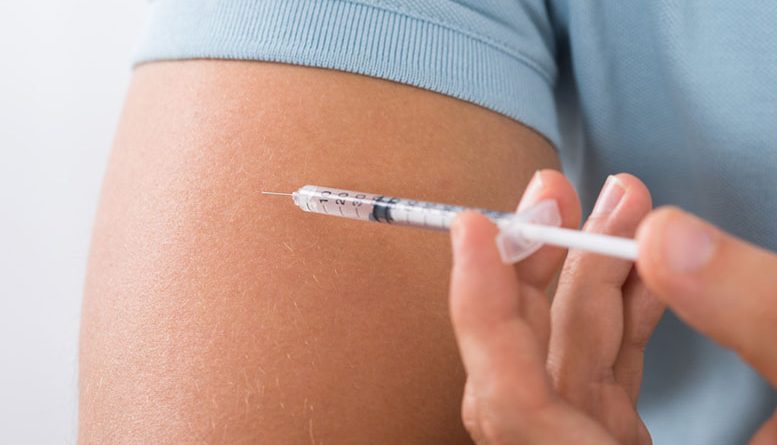is a hormone the pancreas makes to transport blood sugar to the cells to be used as a source of energy. When an individual has type I diabetes, their body is unable to produce at all, and when someone has type II diabetes, their body cannot make enough of the hormone. Hence, people with type II diabetes need injections and adopt a healthy lifestyle consisting of a diabetes-friendly diet and regular exercise.
If you have diabetes or look after someone with diabetes who needs shots daily, it is important you become knowledgeable about shots. Ensure to ask your primary healthcare provider for directions or even a demonstration prior to administering injections.
Using a Syringe to Administer an Shot
Ready all your supplies first; before getting to the actual injection part, make sure you have everything you need ready such as your vial, pads, and a syringe. There are various types of injections like fast-acting or short-acting, so check to see whether you have the type of recommended by your doctor. There are also various methods of delivery such as pens and pumps, and syringes also come in different sizes.
Using a syringe is the most commonly preferred method of injection as it is not costly and covered by most insurance agencies.
Syringes differ depending on how much they can contain and also the size of their needle. A 1mL syringe is ideal for a dose of 50-100 units of ; a 0.5mL syringe for 30-50 units of , and a 0.3mL syringe for a dose smaller than 30 units.
Store Your in the Refrigerator
The colder temperature prevents the from getting spoiled, so always keep your in the refrigerator. Keep in mind, however, that you must wait for the reach room temperature before administering the shot, so it is a good idea to get your out of the refrigerator about half an hour before you need to inject it.
Put in One Type of in the Syringe
Make sure you have the right type of and also check the expiration date. There should be no clumps in liquid . Sterilize your hands before unwrapping the vial of and use an alcohol wipe or any type of disinfecting cloth to sanitize the top of the bottle. Then remove the needle cap, draw back the syringe plunger to the point that matches to the amount of you need, pass the needle through the rubber cap and lower the plunger. Turn the vial backward while the needle is still in and then draw the plunger back again to insert the right dosage in the syringe.
Some Types May Be Combined
Only mix two types if your doctor tells you to as not all types of can be combined. After your doctor has given you directions on how much of each needs to be mixed in, you can load up your syringe as you would using one type of but adding the right amount of each type of into the mix. Your doctor will also guide you on the order in which you need to fill the syringe.
Choose the Injection Site
injections must be administered into the fatty tissue just underneath the skin, which is why the stomach, buttocks, thighs, and below the upper arm are the most commonly preferred injection sites. Those who need injections on a daily basis should change up the sites of injection to prevent scarring. You can stick to the same general region but choose different specific spots for injections.
The Injection
After choosing the injection site, it is time to give yourself the shot. You must clean the injection spot with soap and water. Squeeze the skin and layer of fat together and softly part it from the muscle tissue underneath and then inject the needle at a 90-degree angle if there is enough tissue to work with. However, if you’re on the leaner side, you may need to inject the needle at a 45-degree angle for more ease. Once the needle is entirely in, begin pushing the plunger to inject the . Avoid reusing syringes.
Featured Image: Depositphotos/© AndreyPopov




